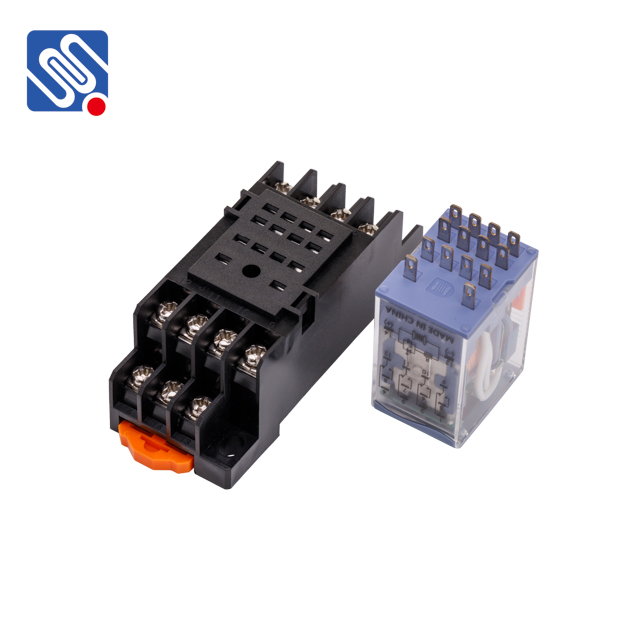understanding electromagnetic relay: principles, applications, and advantages
Release time:2025-06-06 06:46:15
An electromagnetic relay is a crucial component used in electrical systems to control the flow of electricity in a circuit. It operates based on the principles of electromagnetism and plays a significant role in automating electrical processes, protecting circuits, and enhancing the efficiency of electrical systems. This article will delve into the working mechanism, applications, and advantages of electromagnetic relays.

Working Principle of Electromagnetic Relay
An electromagnetic relay consists of a coil, a movable armature, a set of contacts, and a spring. The basic working principle is based on the magnetic field created by the current flowing through the coil. When current passes through the coil, it generates a magnetic field that attracts the armature. This action causes the contacts to either open or close, depending on the relay design.
The relay typically has two types of contacts: normally open (NO) and normally closed (NC). In the NO state, the contacts remain open when the relay is not energized, and when the coil is energized, the contacts close, allowing the current to flow through the circuit. In contrast, in the NC state, the contacts remain closed when the relay is unpowered, and when energized, they open, interrupting the circuit.

